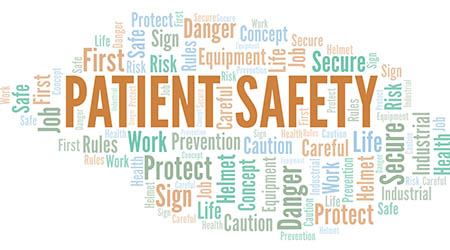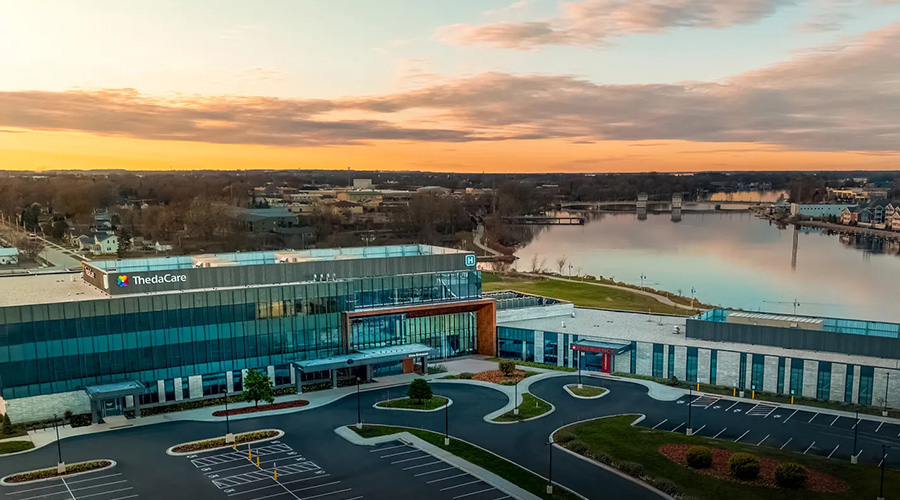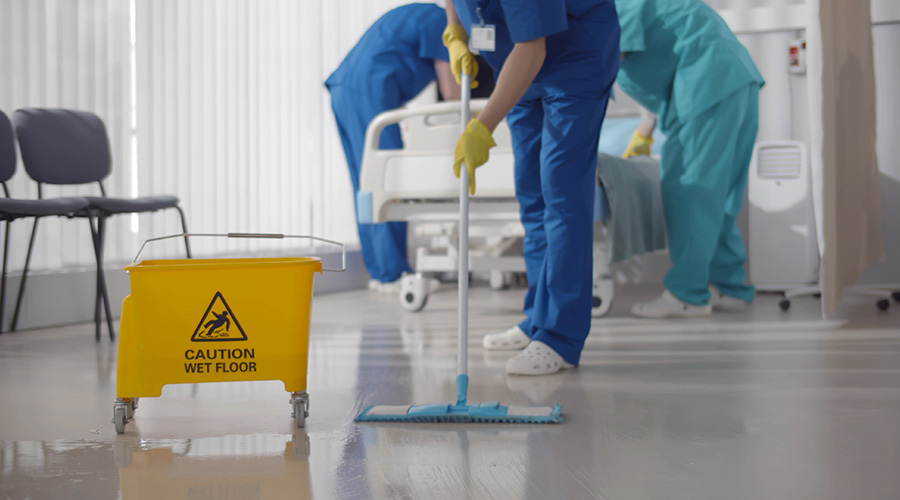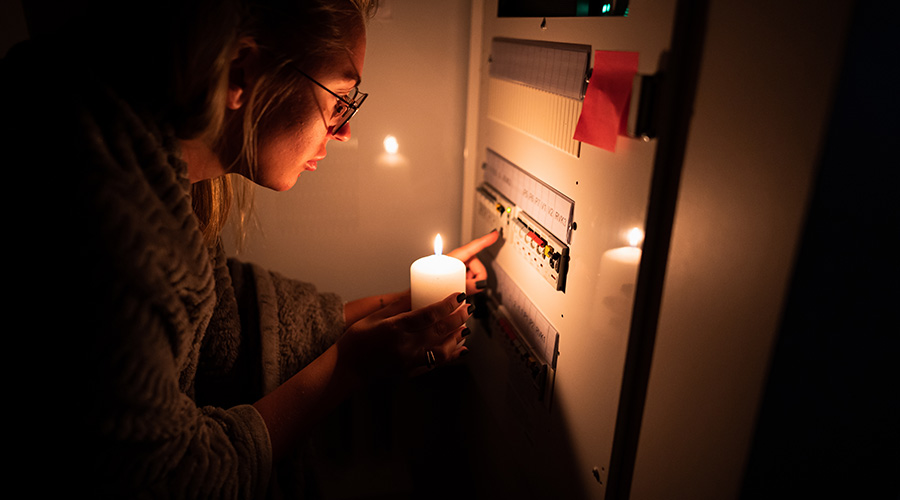Every healthcare facility’s goal is to keep patients safe while giving them an optimal experience. There are various patient safety technologies and practices available and used within the medical industry. There are five ways to improve patient safety using these technologies and practices.
First, hand hygiene technology is one of the most important to stop the spread of disease within a facility, according to the Hurricane Valley Times Hospitals of course contain many sick people moving around within them. Using alcohol-based hand rubs or soap and water is a very effective strategy to limit the spread of pathogens. Automatic sanitizer dispensers should be placed at entrances, exits and high-traffic areas. Touchless technology goes a long way in lowering the risk of spreading infections.
The second way to improve patient safety is to invest in smart infection control. According to the CDC, one in 25 United States hospital patients contract at least one infection when in a health center. Places where patients spend most of their time should be appropriately designed for effective cleaning and disinfection. Investing in touchless clock-in for staff can effectively impact infection control. This would allow workers to check in and out through voice or face recognition software.
The third way to improve patient safety is to automate ordinary tasks. For example, tasks like nurse calls can be automated. Caregivers receiving notifications of their tasks lessens the need to interact with shared paper schedules. With such a spreadable virus like coronavirus, automated systems can be very helpful. These systems can prevent staff-to-patient pathogen spread. The best tasks to automate are the ones that require staff to excessively interact with each other.
The fourth way to improve patient safety is to add the proper environmental barriers to healthcare facilities. These barriers can prevent patient-to-patient pathogen spread. Smart ventilation systems are effective at reducing the transmission of healthcare-associated infections. High-efficiency particulate air (HEPA) filtration removes airborne pathogens.
The fifth way to improve patient safety is to have fall prevention materials in place. Facility design is an important element in preventing patient falls. Distance and location of the bathroom in a patient’s room affects the number of patient falls in a facility. Grab bars and handrails in patient areas assist them in moving around their room and other parts of a health center. Telesitting is also an option. With this method, in-room cameras can send alerts to appointed caregivers when the supervised patient is at risk.

 Building Sustainable Healthcare for an Aging Population
Building Sustainable Healthcare for an Aging Population Froedtert ThedaCare Announces Opening of ThedaCare Medical Center-Oshkosh
Froedtert ThedaCare Announces Opening of ThedaCare Medical Center-Oshkosh Touchmark Acquires The Hacienda at Georgetown Senior Living Facility
Touchmark Acquires The Hacienda at Georgetown Senior Living Facility Contaminants Under Foot: A Closer Look at Patient Room Floors
Contaminants Under Foot: A Closer Look at Patient Room Floors Power Outages Largely Driven by Extreme Weather Events
Power Outages Largely Driven by Extreme Weather Events